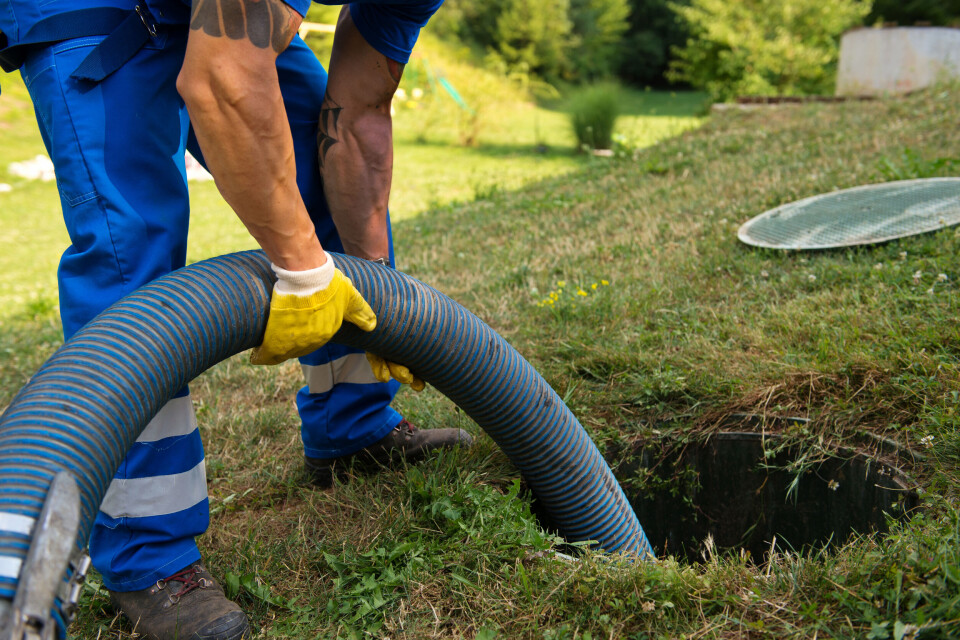-
French second-home visa issues raised in House of Lords
British people experience an "expensive and bureaucratic process" to continue living in France
-
New agreement to help with home renovations launches in Dordogne
The plan aims to connect citizens with local public renovation services to modernise old housing stock
-
Hosting scheme in south-west France lets newcomers sample lifestyle
Households in nine Dordogne communes volunteer under Mes Nouveaux Voisins scheme
What are the rules to install a septic tank in French holiday home?
It is important tanks comply with standards.

Reader Question: We were told we needed to install a septic tank at our holiday home through a SPANC form. We’re not sure on what steps to follow.
Some homes in France, particularly in rural areas, may not be connected to sewage systems, and will therefore need an alternative method of dealing with waste.
If a home is not connected to the main sewage system, it is mandatory for it to have an iindividual sanitation system (système d’assainissement individuel), usually a septic tank (fosse septique).
When it comes to installing a septic tank, however, rules need to be followed, due to its potentially dangerous nature to the surrounding area and water supplies.
The service Public d'Assainissement Non Collectif (SPANC) is in charge of regulating the installation of individual sanitation systems in France, which is why you have received a form from them.
All septic tank installations must comply with regulations known as NF 64 DTU, and there are no differences in installation between main and second homes.
What are the regulations?
The NF 64 DTU regulations cover rules relating to non-collective sewage system installations, of which the most important are:
- You must let the SPANC know about the project in advance, so it can approve it
- The tank must be installed more than 35m from any well or rainwater capture system, more than 5m from any construction and more than 3m from the boundary of your property. It must also be protected from roots.
- Once the tank has been installed, a SPANC expert must check that it complies with standards.
Read more: Explainer: the rules around septic tanks in rural France
Although it is possible to install a tank yourself, hiring a company to complete the work is the usual choice.
In some cases, the SPANC will ask you to conduct a soil survey (étude de sol pour assainissement individuel) before installing the system, which must be carried out by a specialist firm.
The SPANC dossier
This form should be completed before you start looking for quotes from building companies, and before you apply to your local mairie for a building permit for the tank.
You will need to attach confirmation that SPANC has authorised your project (which you will receive after submitting the form to them) when applying for a building permit from the mairie.
If you hire a company to install the project, they will be able to tell you whether you need a permis de construire (full planning permission) or a déclaration préalable de travaux (declaration to the mairie, with tacit permission after a month) – alternatively, you can ask the SPANC.
Once the SPANC have authorised the work and you have received planning permission from the mairie the construction work can start.
A SPANC check will be done after the installation has been completed, before the system is covered up.
Furthermore, all tanks are checked routinely every four to ten years, providing a report on the condition of the installation.
This report will include information on any changes that need to take place.
Homeowners have between one and four years to make the changes recommended, but in some cases (like when moving into a home with a below-regulation tank), the changes must be made within one year.
The SPANCs carry out periodic inspections to make sure septic tanks meet the regulations every four to ten years.
Related articles
15 things your French ‘com com’ can do apart from collect your bins
How do we connect our French holiday home to public drainage?
























